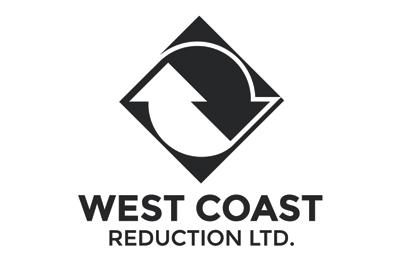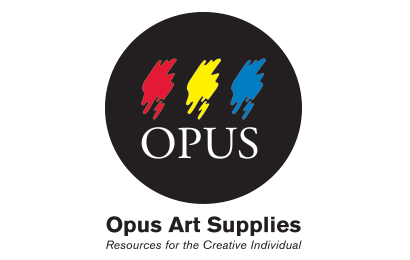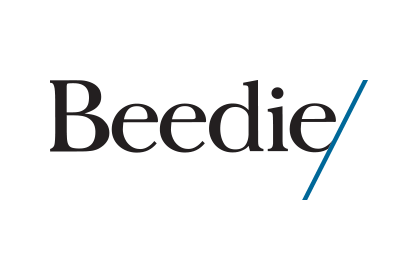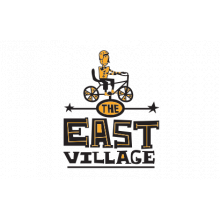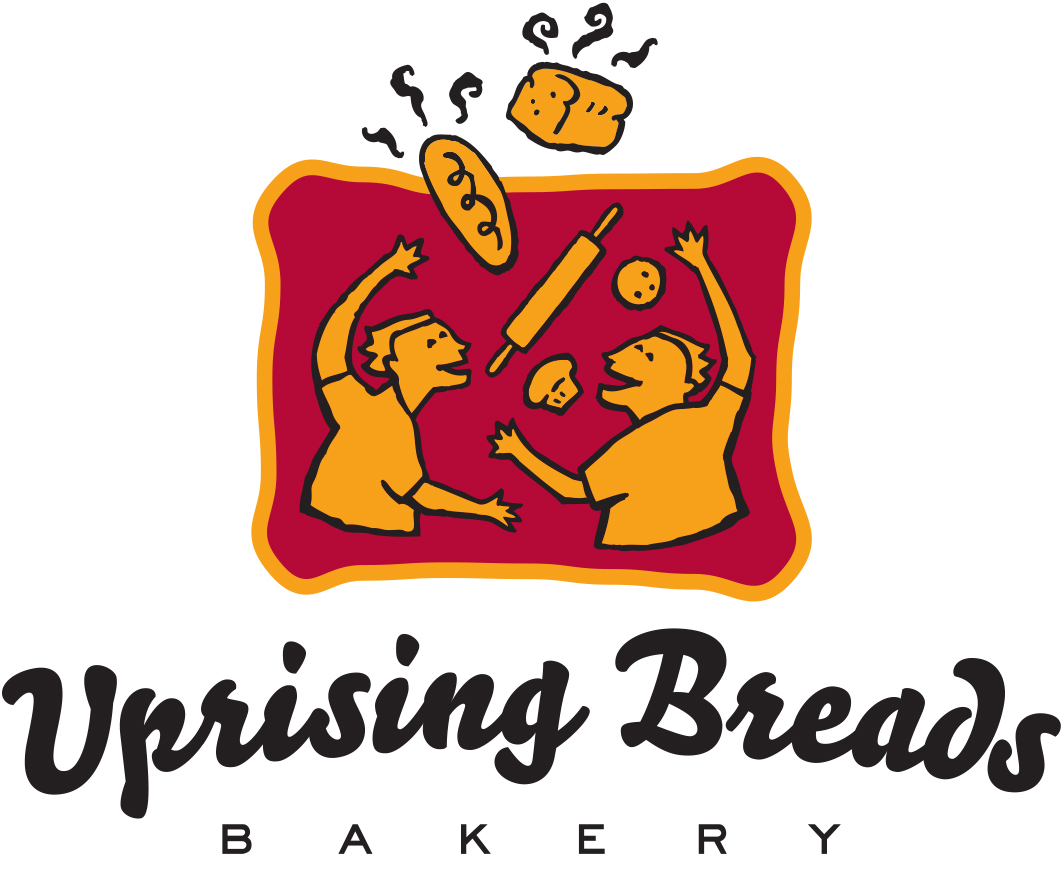
Home / Editioned Prints
Editioned Prints
Notes About Prints and Printmaking
Fine art printmaking is base on the creation of a master plate, or matrix. Printmaking in the contemporary context, takes many forms: etching, lithography, relief prints, etc. Prints are unique works of art, defined by the personality, technique and style of each artist.
Editions printed from the matrix are indicated by edition numbers, usually in the bottom left hand corner, such as 3/20 being the 3rd of 20 in the edition. The artist usually titles the work and signs in the bottom right.
Each edition also has various artists’ proofs, an essential part of the print process, where the artist will fine-tune the elements of the print. Out of an edition of 100, there may be up to 10 proofs, usually designated by roman numerals.
Trial proofs are also a part of the research and development of a print, and these prints are highly valued by collectors, as they illuminate the process behind a print. Trial proofs are designated with a t/p in the corner.
Finally, check the materials. Most prints are on cotton rag paper, or other archival printing surfaces. The inks, paper surface and framing all are important to the permanence of a work of art. At the same time, some hugely significant works of art have been painted, printed or drawn on wrapping paper or cardboard.
Woodcut:
This is the earliest of the printmaking processes. A design is drawn onto a piece of wood, the negative space is cut away with tools such as chisels and gouges. Printing ink is applied with a roller to the raised surface. Paper is laid over the block, and the block is put through a press to finalize the print.
Wood Engraving:
This is a variation of woodblock printing, where the end grain section of a wood block is carved with engraving tools. A finer detailed result than with a woodcut can be produced due to the tight nature of the end grain.
Linoleum Cut:
A variation of woodcut, except that linoleum is carved as the matrix instead of wood. Linoleum, woodcut and wood engraving are referred to as relief printing.
Etching:
A metal plate is coated with acid resistant ground, and the artist draws their design through the ground. The plate is put into an acid solution that bites into the exposed area of the block, creating etched lines. The ground is removed, ink is applied to the plate, the surface is wiped clean and the plate is put through the press with sufficient pressure to draw the ink from the line.
Drypoint:
In this method, the design is scratched on top of the plate using a diamond or hard steel pointed too. A furrow is created by the action of scoring the surface. Ink is applied, wiped to remove from the smooth areas, and it is printed. Deep inked tones are possible with this method.
Mezzotint:
A rocker tool is used to pit and rough up the plate with tiny holes. A burnisher, or scraper tool, is used to flatten some of these holes, so that those that remain form a design. The plate is printed in the intaglio method.
Aquatint:
A metal plate is dusted with a powdered resin, and the plate is heated to adhere the resin. The plate is put into an acid bath that eats into exposed areas. The design and graduation of tones are achieved by the repeated immersion into the acid bath. The plate is then printed in the intaglio method.
Lithography:
A design is drawn onto limestone or a plate using a grease crayon, and the drawing is treated with a mixture of nitric acid and gum to keep it from spreading. The stone is dampened and inked and the ink sticks to only areas of the stone where the grease crayon was applied. Paper is applied over the stone, and it is processed through a lithographic press.
Serigraph:
This is basically a stencil process (silk screen), where the artist creates a stencil on silk, or synthetic fabric stretched over a wooden frame. A design is drawn on the screen, which is covered with a thin layer of glue. A solvent is poured onto the screen washing out the drawn design but not the rest of the area. Screen ink is applied with a squeegee forcing it through the exposed area and onto the p aper, creating the design.
FOLLOW US
@CULTURECRAWL


